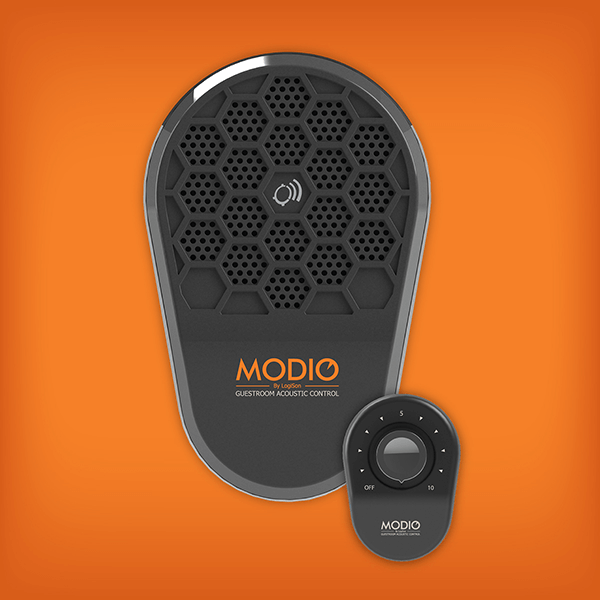That’s why hoteliers invest in making guestrooms both inviting and memorable using, for example, high-quality bedding, bathrooms with spa-like amenities, local artwork, turndown treats and the latest digital technologies. With themed rooms—and some offering grand pianos, cocktail stations, arcade games or even campsites for kids—nothing is off limits. However, the effect of these extras is greatly reduced if the room doesn’t cater to its occupants’ basic needs.
In other words, while it’s important to create experiences that help guests break from the monotony of everyday life—and property to stand out from the crowd—it’s equally important not to lose sight of the human side of guestroom design. This necessity has been highlighted in recent years by initiatives such as StayWell™ by Delos, which call attention to the need for the built environment to support occupants’ physical and emotional well-being.
While hoteliers have often led the way when it comes to designs that are visually appealing, the impacts of acoustics are often overlooked or misunderstood and, unfortunately, noise remains a top complaint across all property types. Whether guests intend to relax, work, receive an in-room spa treatment or simply get a good night’s rest, they need an acoustically comfortable room that supports their expectations for its use.
Attempts to reduce noise itself have been largely unsuccessful given the variety of noise sources to which guests are exposed, including in-room equipment; occupants in neighboring rooms and corridors; and external traffic, to name but a few. To mitigate their impact, hoteliers must turn to acoustical design strategies. While many are aware of methods used to absorb and block noise, what often surprises those unfamiliar with acoustics is the need to provide cover, particularly in environments like guestrooms in which the background sound level is rarely more than 28 to 33 A-weighted decibels (dBA). In these “library-like” environments, just about any noise seems loud and disruptive to guests.
Using a sound often compared to softly blowing air, a commercial-grade sound masking device provides a higher and more consistent background sound level, covering up many noises, while reducing the disruptive impact of others. Unlike ventilation or “white noise” apps, its sound follows a spectrum specifically developed by the National Research Council (NRC) to balance the need for acoustical control with that of occupant comfort.
Overall, sound masking creates a less variable—and, therefore, more acoustically comfortable—environment in which occupants enjoy improved noise control, speech privacy and acoustical comfort. Data collected from a wide variety of hotel properties shows sound masking can reduce noise complaints by up to 85% and dramatically improve guest scores for comfort and quality of sleep.
While the human side of guestroom design can easily be forgotten, it can just as easily be successfully addressed. A high-quality acoustical environment is calming, physically and psychologically restorative, and paves the way to better sleep—benefits that improve the guest experience and, ultimately, lie at the very heart of hospitality.
This information was contributed by K.R. Moeller Associates Ltd., designer and manufacturer of MODIO Guestroom Acoustic Control sound masking technology. To learn more about MODIO, or to request a demo, visit www.modio.audio.
hotelbusiness.com

